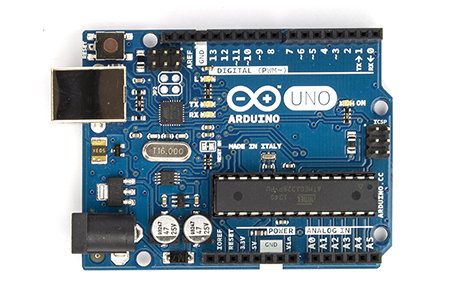Cryptech:
Reimagining the Household Safe
For my midterm project, I will build a
safe, but not just any ordinary safe. Why should a safe’s “user interface” be
limited to a simple dial? For my project, I plan to reimagine the conventional
lockbox, creating a new, dynamic and interactive way to open a safe. My safe –
Cryptech – will use various sensors, variable resisters, knobs, buttons, (and
anything else I can find) to make opening the safe a fun yet secure activity.
The target audience for this project is
anyone who is bored with the monotony of daily life. Rarely do we see examples
of innovation in home appliances; toasters, mousetraps, toilets and safes have all remained virtually
unchanged over the last few decades. Cryptech rebels against this stagnant lack
of innovation, envisioning the safe as a fun-to-use product.
Cryptech will work in the following
way. First Cryptech will read the output from the various sensors. If these
sensors all are turned to the correct level (as will be determined by the
customizable code), then a green led will light up and a servomotor will rotate
and unlock the latch for the safe. Then the safe will be accessible. If the
sensors are not taking in the proper information, a red led will light up,
signaling a failed attempt to access the safe. There will be a separate button
for locking the safe once it is closed again.
List of Parts:
1.
Large wooden
or metal box with hinge
2.
Some sort
of locking mechanism that can be controlled by servomotor.
3.
Arduino microcontroller
4.
Breadboard
and Wires and Resistors
5.
Servomotor
6.
Various
sensors, including some of the following: Hall Effect Sensor, Capacitive Touch
Sensor, Potentiometer, Photoresistor
7.
Various
Switches and Buttons
8.
Various
LEDs
9.
External
power supply(?)
10.Other
Sensors may be used…
Possible Issues: I
think the hardest part for me will be creating the actual hardware: the safe
itself.





